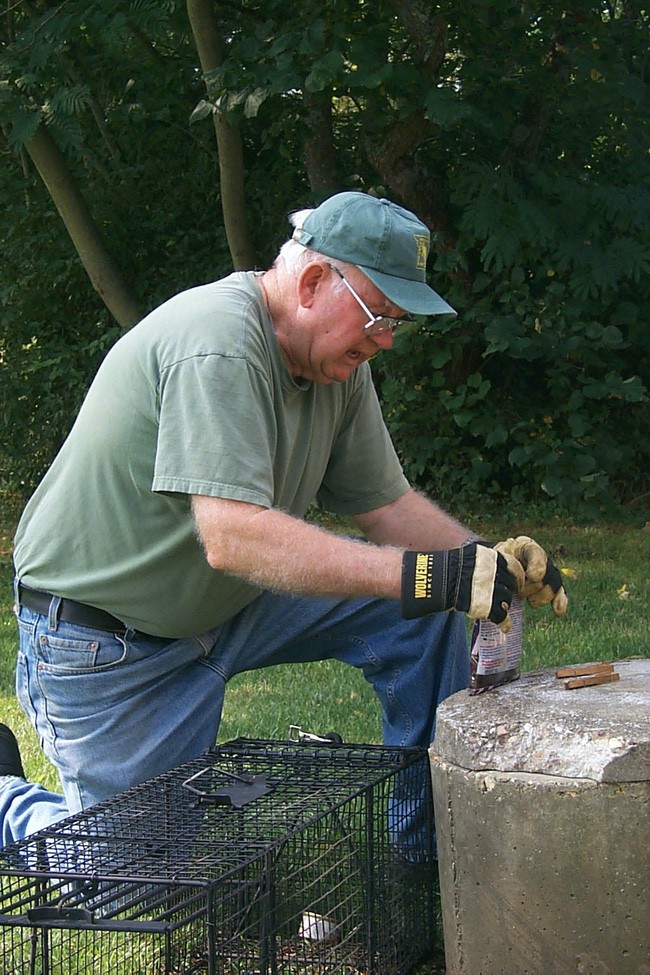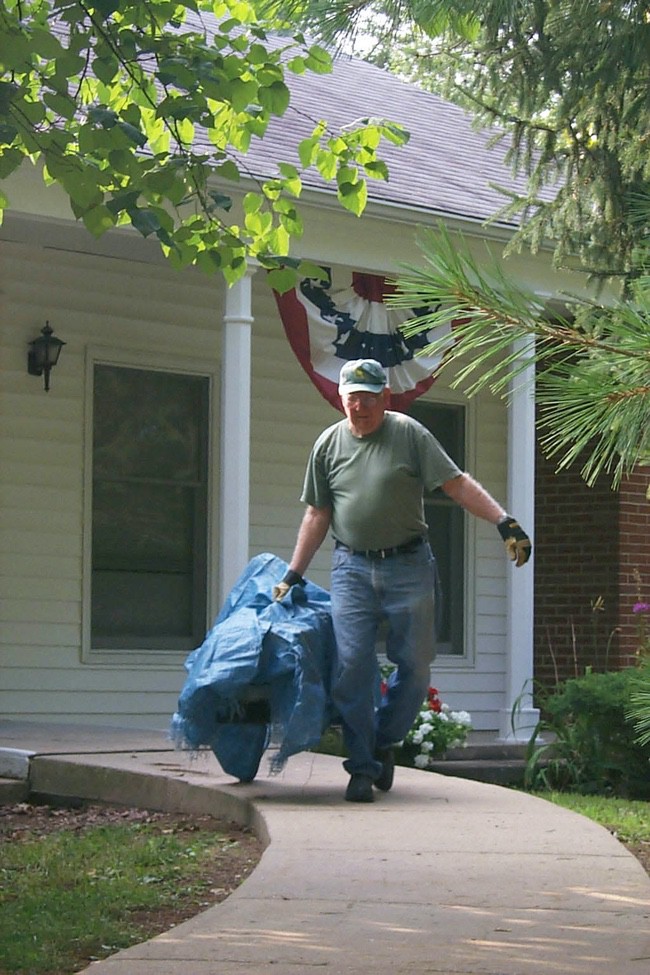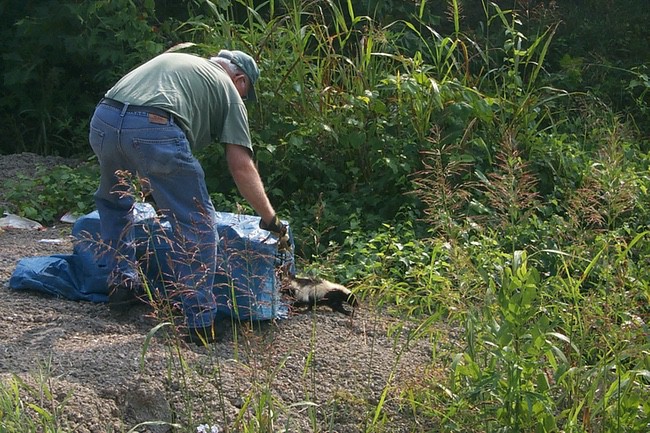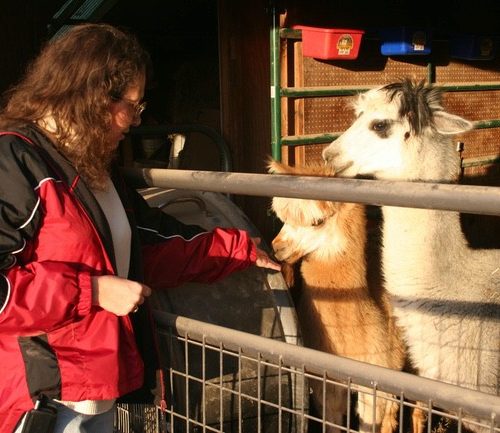Throughout the years, I have been privileged to interview people from all walks of life. Several years ago, I met Ollie Kernick, an Ozarkian skunk trapper who retired from the Highway Patrol to deal with other types of problems.
“Whewee! How is it that one little skunk can stink up miles and miles of Interstate?” I asked my husband, after driving through a cloud of skunk scent on I-44 the other day. After all, he is the mastermind of trivia and solver of questions from the Double Jeopardy round.
I stumped him with that question.
It seems we rarely think about skunks until we have to smell them. In Missouri, we have two species of skunk – the eastern spotted skunk and the common striped skunk. The eastern spotted skunk has white splotches on its back and sides. A striped skunk might also sport white patches on its jet-black fur, along with a telltale stripe down its back.
One of the world’s most famous skunks, Looney-Tune character Pepé Le Pew, once asked, “Where are you, my little gumbo of chicken? Your French fried shrimp is sizzling for you.” Pepi was always looking for love (in all the wrong places), but in reality, male skunks look for “love” in February and maybe March. Skunks are nocturnal. A male skunk will travel up to 5 miles in one evening to mate.

Skunks are actually cousins to the weasel family, which also includes river otters, long-tailed weasels, least weasels and mink. Skunks like to live in brushy or thickly wooded areas, drainage ditches, tree stumps, abandoned fox or woodchuck burrows, or under your front porch.
Skunk babies are born in May and June, and by August, they’re ready to leave the den (under your front porch) and create their own scentsational lifestyles, but not for long. Some reports say that 90 percent of skunks die in their first winter, and their average life span is only 2-3 years in the wild, 5 years in captivity.
Ozarkian Skunk Trapper
How do you know if you have a skunk under your porch or house somewhere? There will probably be small cone shaped holes near the den, similar to squirrel scratchings. You will most likely smell the critters, too.
My pal, local trapper and ex-state trooper from Rolla, Ollie Kernick, deals with pesky skunks. He caught and released 14 of the striped critters last year. He called me recently, and said he had just caught two. He reported that the mistress of the house was tired of dealing with the pervasive odor from the two males who continually sprayed each other below her house.
Ollie has funny skunk stories and his ex-state trooper demeanor, combined with a quirky sense of humor, always makes the telling entertaining.

In fact, I have been out on a skunk trapping mission with Ollie and his grandson, Little Dave. On that day, Ollie went to check the traps near a clubhouse in Rolla, where the skunks had made a den under the building. Two baby skunks had ventured into the wire trap by the front porch. Ollie gently covered and removed the trap and took it to a nearby stream where he released the skunks into the wild.
Fortunately, this was a scent-free experience. Little Dave helped his grandpa, and seemed to understand the danger that a rambunctious boy might experience around a trapped skunk, because he was helpful and quite subdued around the trap.
Ollie says that if a skunk shoots you, wash your clothes right away in Woolite. If the smell permeates your vehicle or other fabrics, spray them with an odor neutralizer such as Glade Odor Neutralizer or Oust.
You are not allowed to shoot a skunk unless you follow the policy of the Wildlife Code of Missouri, Section 3CSR10-4.130. Landowners may shoot or trap skunks or other nuisance wildlife out of season after reporting the nuisance to the local Conservation Agent within 24 hours. The wildlife must be disposed of in accordance with the agent’s instructions. Ollie has an arrangement with the local conservation authorities to conduct his search and trap missions.

Back to the question that stumped my husband … Jo, my geologist pal became immediately interested in finding the answer to the “how far does skunk stink travel?” saying, “I think I can figure it out. It’s just chemistry.” She then e-mailed me this explanation: “At a humanly detectable concentration of 2 parts/million it probably is able to be smelled at for at least a mile or so. The IDNR webpage gives a distance of 20 miles (probably by some sniff-o-meter). You probably are safe in saying up to 2 miles.”
Jo added, “Part of the problem in a drive-by skunk road kill, is you get the stuff on your tires and you take it with you until it disperses.”
It could be said that skunks make a big stink out of nothin’. Supposedly, if their little musk glands are removed, they make great pets. In Missouri, however, it is illegal to own a skunk as a pet. According to a Missouri Dept. of Conservation spokesperson, since there is no vaccine available for rabies in skunks, the Department does not allow domestication.

So, if you have a little Pepé Le Pew living too close to you, call your local Conservation agent or a trapper.



